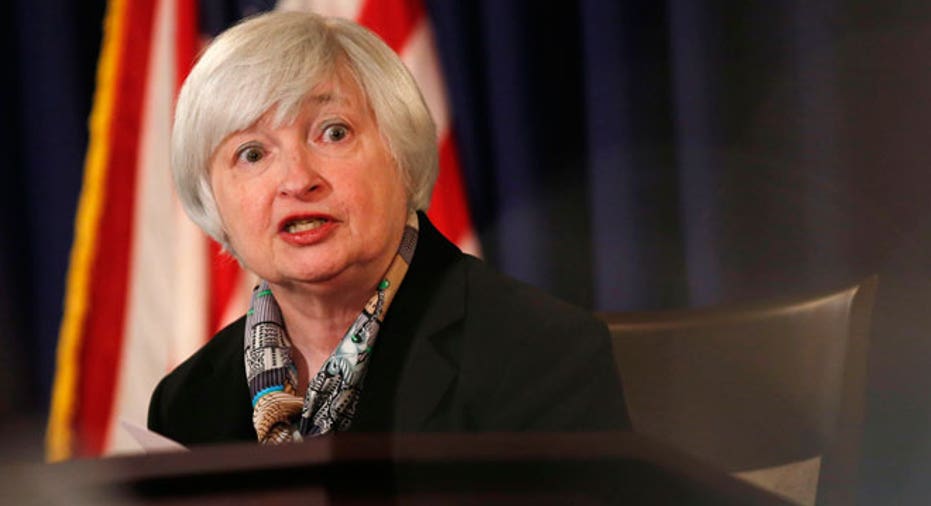Brutal Start to 2016 Could Limit Rate Hikes

The stock market’s brutal start to 2016 is calling into question the Federal Reserve’s relatively optimistic forecast for the New Year. Specifically, the sharp downturn in stocks, which has left all three major U.S. indexes in correction territory, has fueled growing doubts that the Fed can raise interest rates as fast as central bank policy makers had forecasted last month.
“When Federal Open Market Committee (FOMC) members voted to lift interest rates in December, they also decided to modestly raise their GDP forecasts for 2016 and slightly lower their headline and core inflation forecasts,” said Jeremy Lawson, chief economist at Standard Life Investments.
“It is fair to say that developments since the meeting will have been an unwelcome surprise. Besides the very strong December employment report, the economic news has been almost universally disappointing.”
Stocks have been dragged down by uncertainty over how far the price of oil will fall, concerns that China’s economy is slowing down and some less-than-impressive economic data in the U.S.
For those reasons, economists and analysts such as Lawson are questioning the Fed’s projections for how high rates will climb in 2016.
A consensus of FOMC members, after voting in December to raise rates off the near-zero range where they’d been held since late 2008, predicted rates would climb a full percentage point by the end of 2016 to a range of 1.25%-1.50%. That would entail four rate hikes in 2016.
For that to occur Fed policy makers (somewhat optimistically, perhaps) predicted that a strengthening labor market would eventually start to push wages significantly higher, and when that happened inflation would start to move upwards toward the Fed’s 2% target.
Indeed, Fed Chair Janet Yellen cited this precise hypothetical sequence as justification for raising rates in December, a deeply symbolic move away from the unprecedented stimulus policies initiated by the Fed in the wake of the 2008 financial crisis.
The prediction looked brilliant on Jan. 8 when the Labor Department released the December jobs report with numbers – 292,000 new jobs and a 5% unemployment rate – that crushed expectations.
There were cracks in the facade, however. Wages, after showing signs of growth in October and November, barely rose in December from the prior month, once again highlighting a problem that has vexed Fed policy makers – not to mention American workers – for months.
Here’s the takeaway: if wages fail to move higher, inflation, which in small doses is a sign of a healthy economy, is likely to remain well below the Fed’s target.
Now, given all the other turbulence and uncertainty that has plagued markets in the first three weeks of 2016, the Fed’s December optimism is attracting growing January skepticism.
“Given the importance of inflation to the policy outlook, we have updated our forecasts out to 2018, while also testing their sensitivity to different assumptions about the oil price… Our analysis suggests that there are now clear downside risks to consensus and the Fed’s inflation forecasts,” Lawson said.
The price of oil remains another important wild card. If oil continues to plunge to, say, $20 a barrel, the trajectory of inflation will be even flatter. And so, consequently, will the trajectory of interest rates.
“Our scenarios also recognize the uncertainty of oil price projections,” Lawson added. “Our downside scenario assumes that oil prices fall to $20/barrel and stay there. This implies that headline inflation is even weaker in 2016 than 2015... It is only if we assume that oil prices nearly double this year that we obtain an inflation forecast to the current (Fed) consensus.”



















